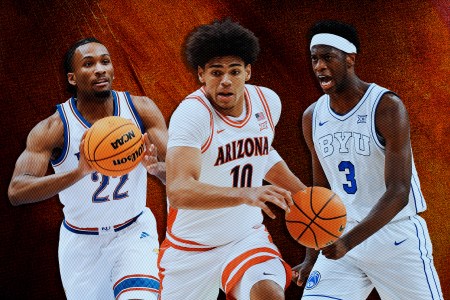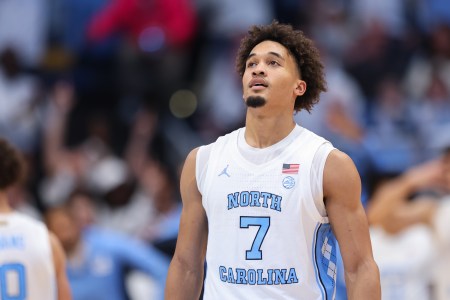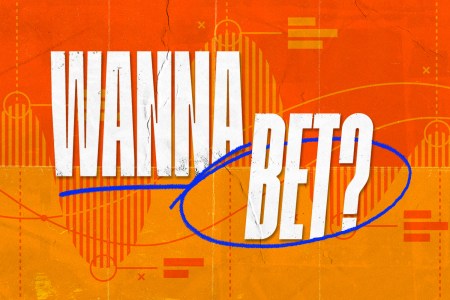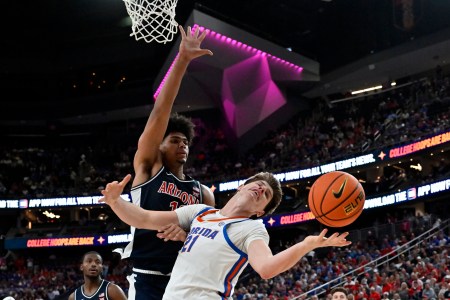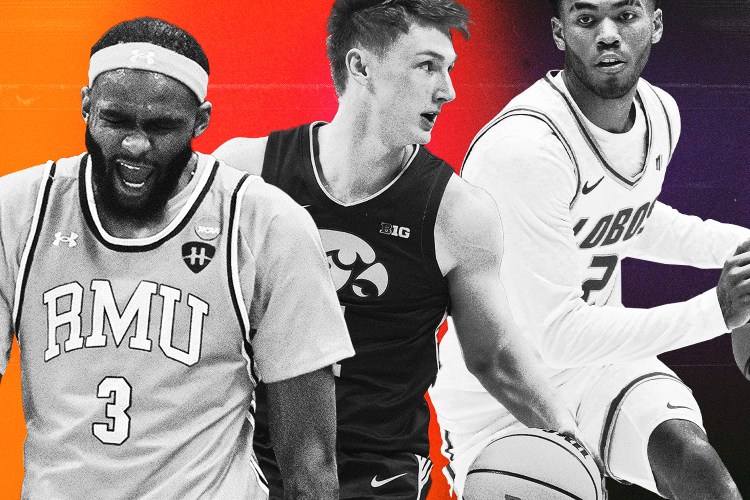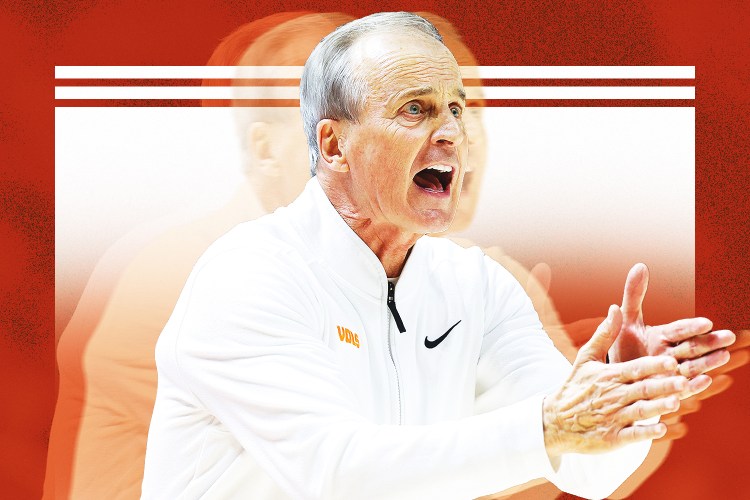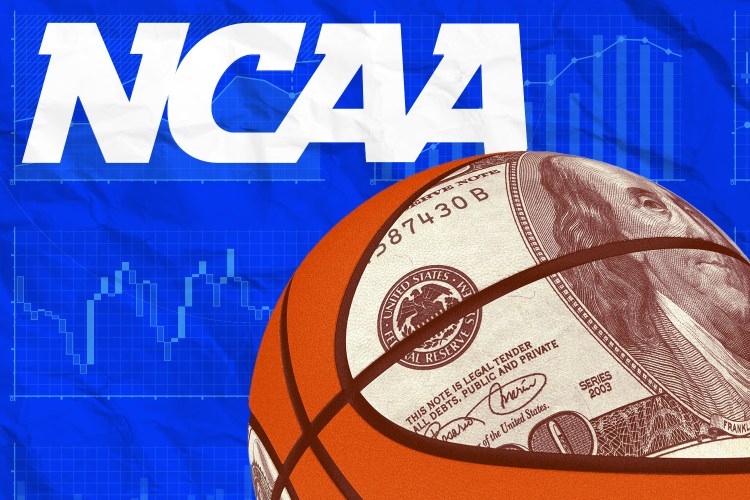Paying college athletes through name, image and likeness as well as through revenue sharing is saving men’s college basketball, not ruining the sport.
Let’s be real here. The majority of this historic freshmen class would not be in college if they weren’t getting paid. Period. Under the old system — before the NBA instituted the one-year out of high school rule and at least 19 years old rule in 2005 — these players would have gone straight to the league. Once NIL came into play in 2021, it provided a chance to keep the freshmen in school with some money. But the enticements of the G League, Overtime Elite and overseas basketball were real, and a number of players in this class would have taken the bait and the money to bypass college.
But no more.
These players can make more money going to school, in some cases, and the result is watching supreme talents such as AJ Dybantsa (BYU), Darryn Peterson (Kansas), Cameron Boozer (Duke), Koa Peat (Arizona), Caleb Wilson (North Carolina), Nate Ament (Tennessee), Mikel Brown Jr., (Louisville), Hannes Steinbach (Washington), Darius Acuff Jr., (Arkansas), Chris Cenac Jr., (Houston), Tounde Yessoufou (Baylor), David Mirkovic (Illinois) Cam Ward (Michigan State), Maleek Thomas (Arkansas), Brayden Burries (Arizona) and Braylon Mullins (UConn) do their thing at the college level.
The list could go on and on, as this class is ridiculously deep. And the game is richer and much more competitive due to the talent.
Take away last season’s freshman class — one that dominated the top of the NBA draft — or this year’s incoming group (which is poised to own the first round again), and the game would not look the same.
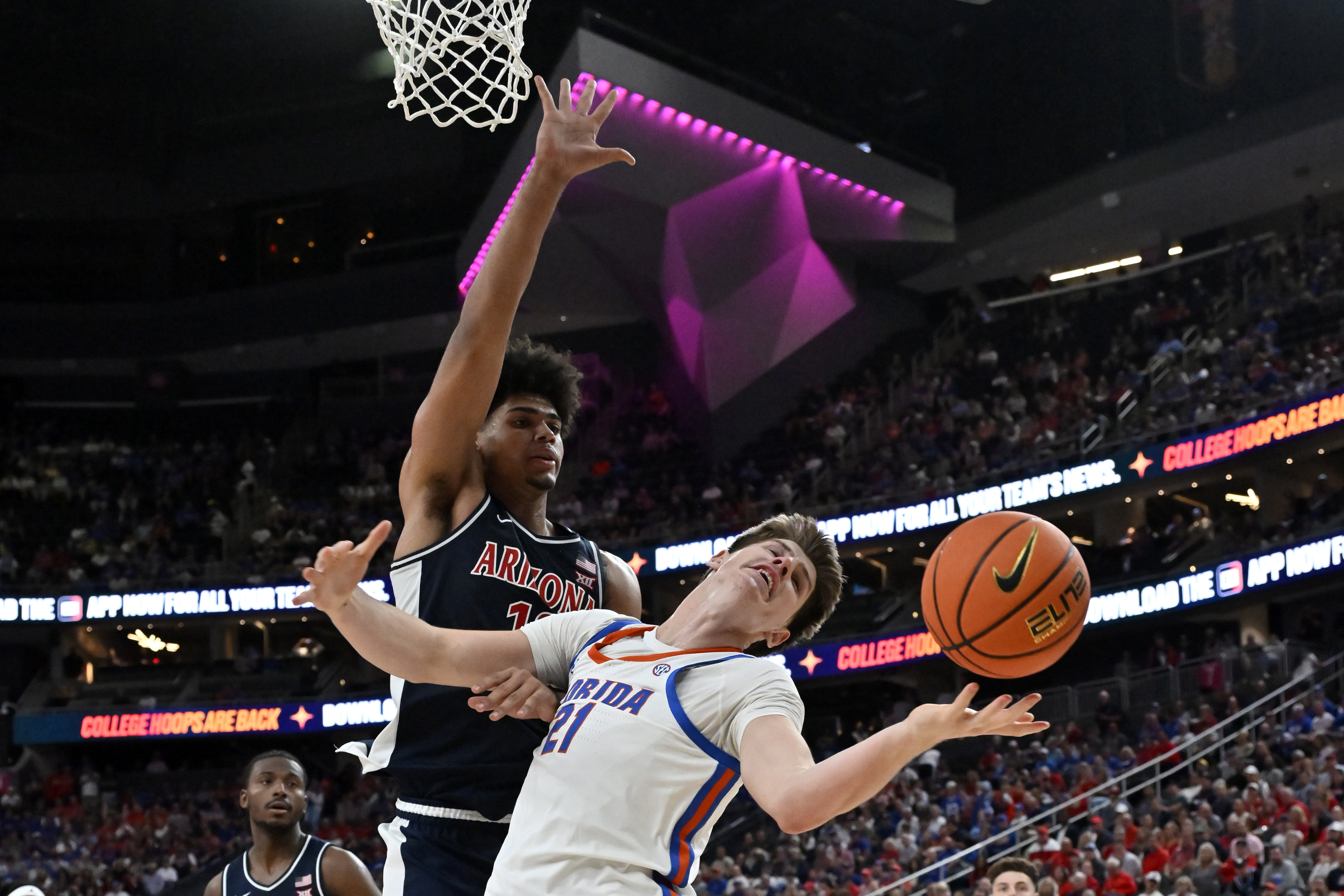
In the last 10 years, there has been only one time when there were three freshmen on the AP All-American first team (2018). Twice there were three on the second team (2022 and 2021). Only one other time — 2019 with Duke’s Zion Williamson and RJ Barrett on the first team — has there been multiple freshmen on either team. And twice there were zero freshmen on either team.
Now, with NIL enticing top talent, freshmen could take five of the 10 spots, if not more.
While NIL has increased the talent pool, other rule changes have elevated the quality of play. Allowing coaches to have contact with players in June, as soon as they get on campus, has allowed for more early chemistry and better play (check the high-scoring games in the first week). That also has allowed high-profile teams to feel comfortable playing against each other early in the season.
Another way to gauge the impact of NIL and revenue sharing is by looking at the slate of true home games between power five schools during college basketball’s opening week, such as recent tilts between Kansas at North Carolina and Arkansas at Michigan State. There were a total of seven such games in the first week; according to Ken Pomeroy, that’s the most since there were 12 in 2020.
Is This the Best Freshman Class Ever?
The college freshman was supposed to be an endangered species, but this crop of freshmen is reminding coaches of the value of high school recruiting
Having elite talent has given coaches the freedom to schedule up or with a peer in the first week. The lucrative exhibition games against high-profile teams also help buffer their NIL budgets. All of this works in concert: Players get paid, they go to school, coaches play high-profile early games. This is not by accident.
And if the NCAA passes legislation allowing teams to play 32 games next season, expect to see more high-profile games in the first two weeks of the season.
Top 10 thoughts from around the country this week:
1. Not sure there has been a win that was needed more for Hubert Davis in the nonconference than the W over Kansas on Friday. The Tar Heels have a star in Caleb Wilson and will be/should be an NCAA Tournament team without stress come March. Beating Kansas will be a shelf-life win all season long.
2. Michigan State coach Tom Izzo has never shied away from competition. But after watching the Spartans lose and sputter offensively in an exhibition loss at UConn, playing such a daunting slate seemed a bit much. Yet, there were the Spartans defending and making shots late to beat Arkansas at home. Michigan State still gets Duke at home next month, too. Playing Kentucky and North Carolina on neutral courts is a bit of a wash but landing the home wins is going to do wonders for this squad.
3. One week in and the Big 12 looks like the conference to beat when it comes to potential Final Four teams. Give me Houston, Arizona, Texas Tech, BYU, Kansas and Iowa State, and I will toss in Baylor and Kansas State for a list of teams I could see in the second weekend if the trend lines continue. I will take this list over the SEC or Big Ten — in November, and maybe in March, too.
4. Thrilled to see the Georgetown-Maryland series has renewed. But Ed Cooley clearly needed the W more than Buzz Williams. Buzz will have a honeymoon period in year one, while Cooley needs positive vibes in a critical season for the Hoyas. The Big East has UConn, St. John’s and likely Marquette and Creighton, but there’s no reason Georgetown can’t finish in the top five at the minimum and be an NCAA Tournament team. A road win at Maryland is a major step forward.
5. Nebraska’s Rienk Mast was supposed to be a major piece of the Huskers’ pursuit of an NCAA bid last season, but he was out with a season-ending injury. Now he’s back and could make a run for first-team All-Big Ten. Mast dropped a triple-double with 18 points, 12 rebounds and 10 assists in a win over Florida International.

6. Should come as no surprise that it was another freshman — this time Virginia Tech’s Neoklis Avdalas from Greece, who was the star for the Hokies in an overtime win over Providence at the Mohegan Sun. Avdalas scored 33 in the 107-101 win.
7. My sleeper transfer who got no love in the offseason is Nick Boyd. He’s receiving plenty of affection after scoring 25 for Wisconsin in a win over Northern Illinois. Boyd is a winner, playing four seasons at Florida Atlantic, including a Final Four berth, and then one season at San Diego State. Boyd gives the Badgers even more credibility as a potential top-four Big Ten team.
8. Tyon Grant-Foster won an injunction to play for Gonzaga and it’s clear after just two games how much the Grand Canyon transfer will impact the Zags. He’s averaging 14.5 points in 22 minutes per contest.
9. Travel during the government shutdown can be stressful (thankful I didn’t have delays or cancellations on my travels through Las Vegas, Chicago and Dallas-Fort Worth), so keep watching to see if there will be any issues with private and commercial planes taking teams all over the country this week and into the holidays. The NCAA has already put out an advisory about fall championships, imploring programs to be attentive to what is happening in the airline industry due to the government shutdown.
10. Finally, check out this report from CBS Sports’ Matt Norlander on the bizarre Penn State at New Haven game Saturday. Credit Mike Rhoades for giving New Haven a high-profile home game. Of course, New Haven will have to go to State College for three straight years without a guarantee. But this would be a bus trip, not a flight, for New Haven, so that shouldn’t be too troubling.


